Full Art Mode
Exit Full Art Mode by clicking on Page or ESCTouch screen to exit Full Art Mode
skip
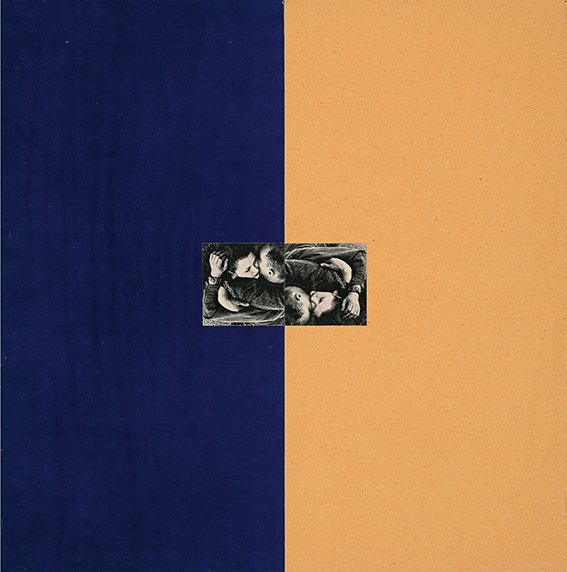
review
Gerhard Rühm
04.10.2017 - 28.01.2018
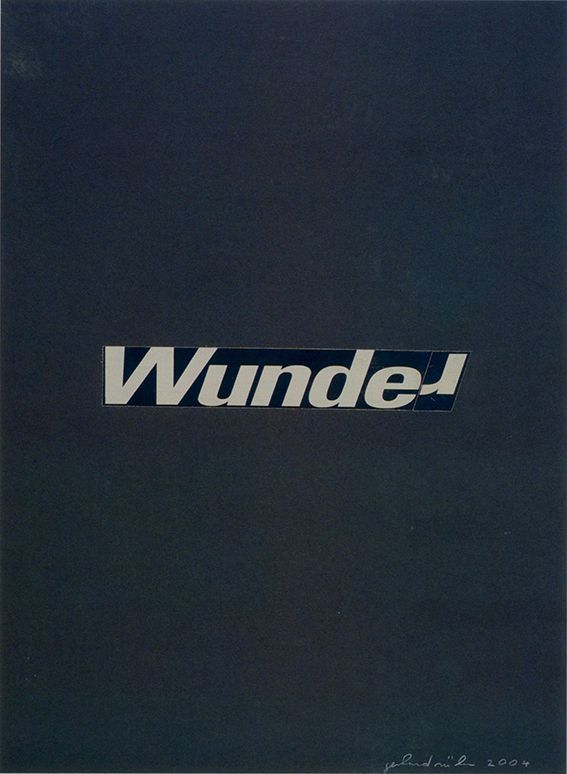
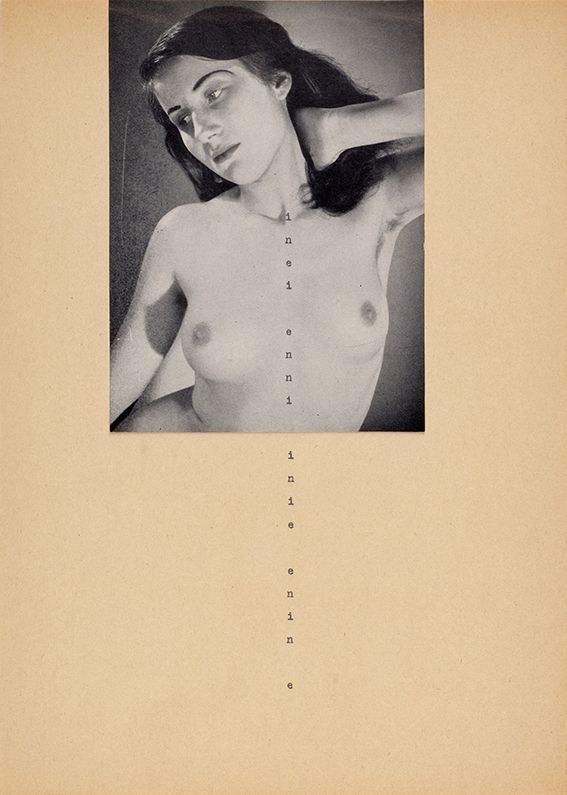
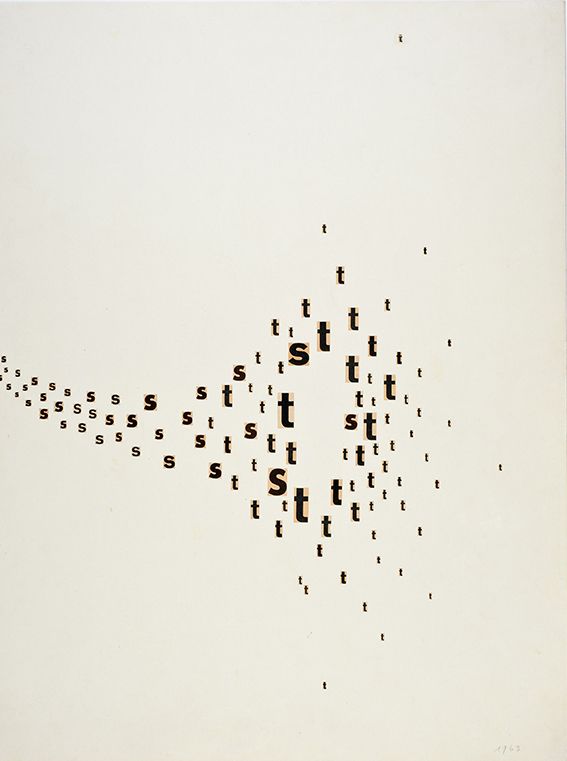
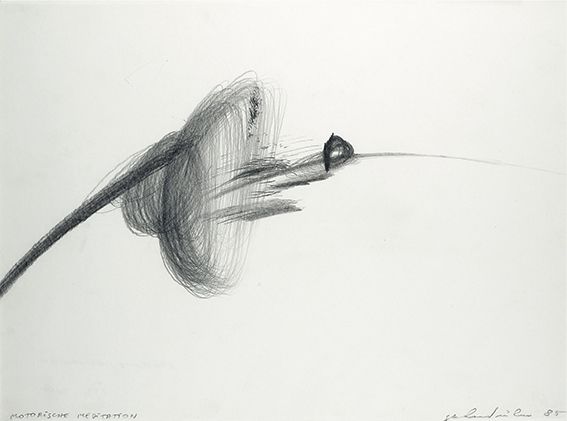
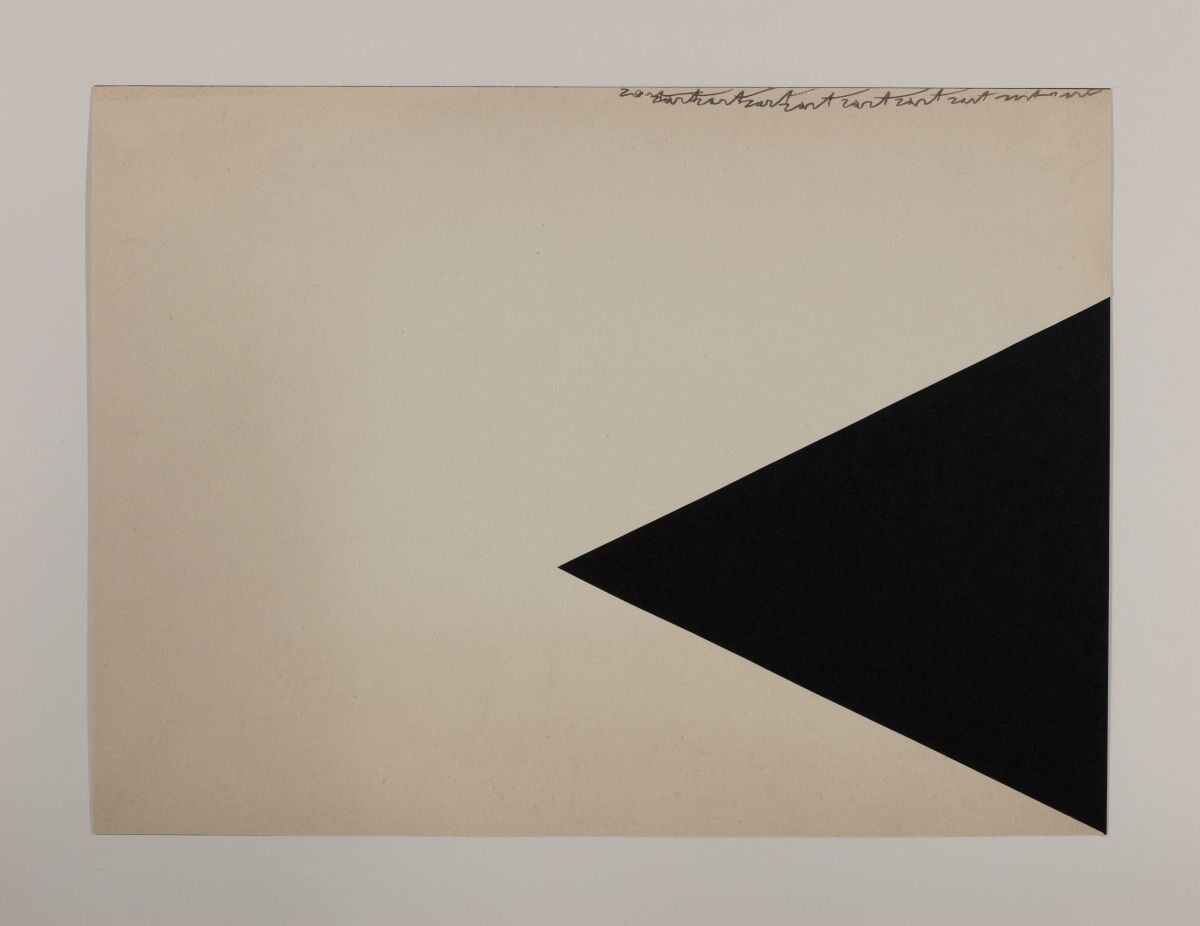
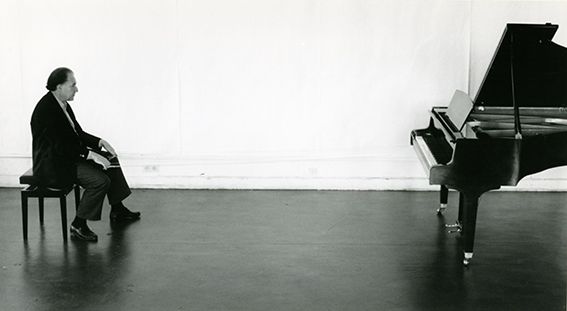
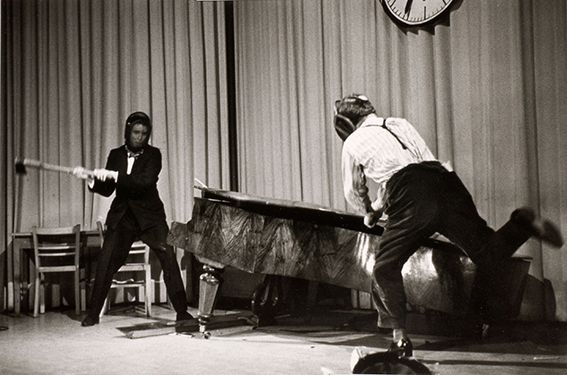
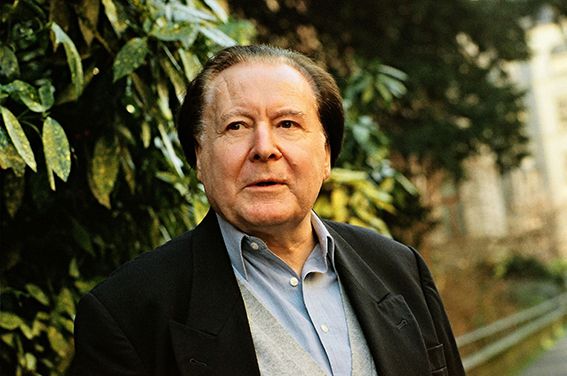
In its retrospective on Gerhard Rühm in autumn 2017, the Kunstforum Wien is presenting one of the last universal artists. The composer, pianist, performer, man of letters and visual artist was born in Vienna in 1930 and now lives in Cologne. Gerhard Rühm was a crossover artist between the individual artistic disciplines, long before the terms “crossover” and “intermedia” became the hot topics in artistic practice.
In the intermediate space between word and image, between language and music, and between writing and drawing, Rühm continually seeks to expand media-oriented forms of expression which disrupt habitual modes of perception in a way that is as conceptual as it is humorous.
The experience of the present – of the Now – and the temporal dimension of language also form central motifs in Rühm’s oeuvre, as does the linguistic constitution of the subject. Rühm, educated as a composer, worked towards the creation of experimental – “concrete” – poetry in the early 1950s by studying Anton Webern. In the reactionary climate of the post-war years in Austria he joined forces with Friedrich Achleitner, H.C. Artmann, Konrad Bayer and Oswald Wiener and founded the legendary “Wiener Gruppe” (“Vienna Group”) (1954–1964), which harked back to the radical linguistic experiments of Expressionism, Dada and Constructivism. In their “Literarische Cabarets” (1958/1959) they produced the first happenings in the history of art, which, among other actions, climaxed in Rühm’s and Achleitner’s demolition of a piano.
The retrospective in the Kunstforum pays homage to Rühm’s pioneering work in all its diversity, now spanning more than six decades. The show includes Rühm’s visual poetry – typescripted collages, photo montages and typewriter ideograms hovering between writing and image – and its musical counterpart, the visual music, also gestural and conceptional drawings and writing films, also his auditive poetry, chansons, piano pieces and melodramas at the threshold of language and music.
Having seen his work boycotted in Austria because of a publication prohibition, Rühm emigrated to Berlin in 1964; from 1972–1995 he taught as professor at the University of Fine Arts in Hamburg. His work has been exhibited inter alia in the Stedelijk Museum Amsterdam, at the documenta 1977 and 1987 in Kassel, in the Schirn Kunsthalle Frankfurt, in the Bruseum in Graz, in the ZKM in Karlsruhe. In 2012 the Austrian National Library acquired Rühm’s pre-decease estate.
curated by
Heike Eipeldauer
review
Man Ray
14/02/2018 - 24/06/2018
review
